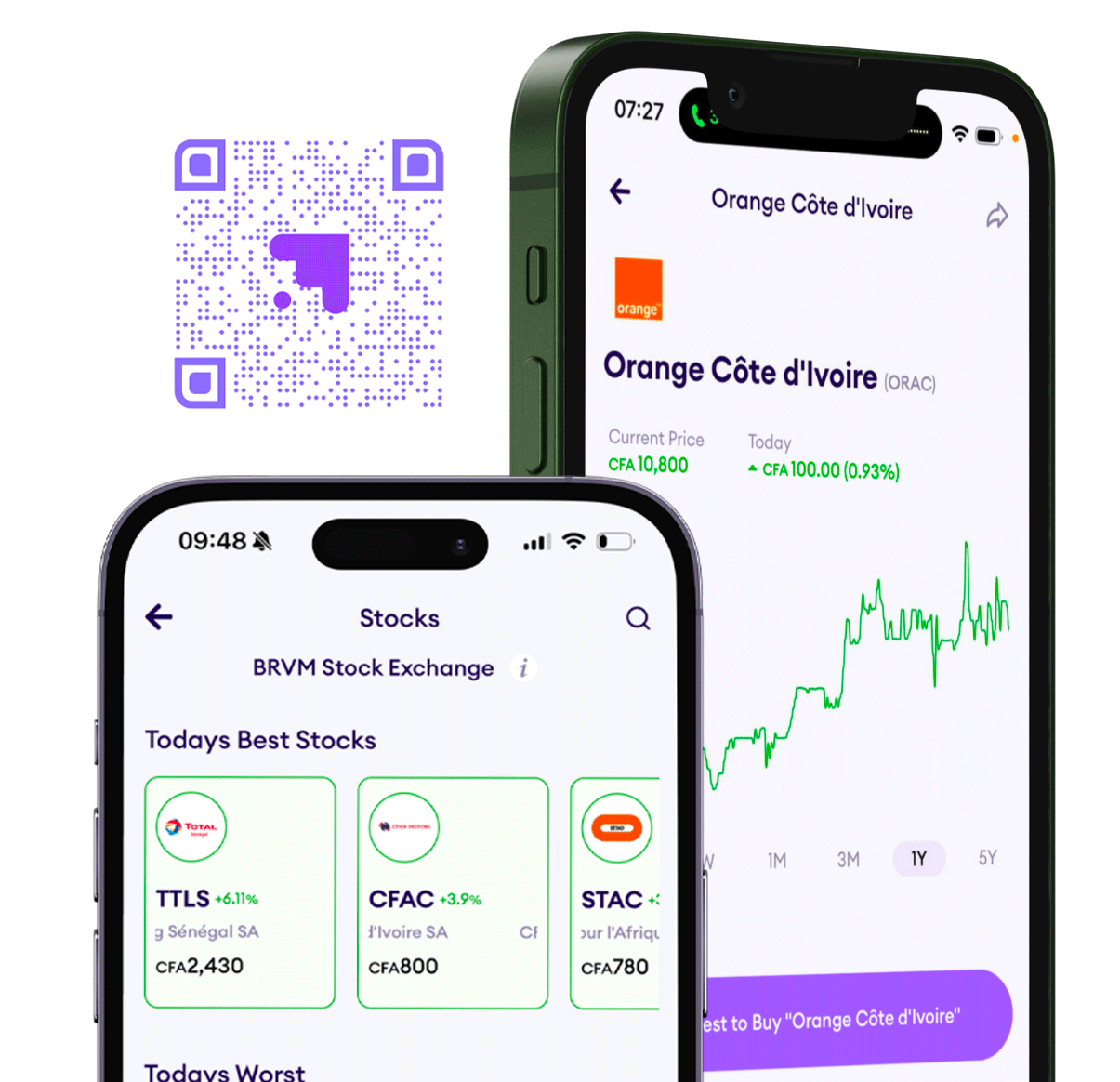Gold Logs Biggest Weekly Gain Since 2020 Amid Rally

TLDR
- Gold futures retreated on Friday but still recorded their strongest weekly performance in five years as investors poured into the metal
- Prices for December delivery (GC=F) slipped more than 1% to around $4,260 per ounce after touching an intraday high above $4,380
- Year to date, gold is up about 59%, boosted by central bank purchases, a weaker dollar, and expectations of lower US interest rates
Gold futures retreated on Friday but still recorded their strongest weekly performance in five years as investors poured into the metal on mounting geopolitical and financial uncertainty.
Prices for December delivery (GC=F) slipped more than 1% to around $4,260 per ounce after touching an intraday high above $4,380. The metal gained 7% over the week — its largest weekly rise since 2020. Year to date, gold is up about 59%, boosted by central bank purchases, a weaker dollar, and expectations of lower US interest rates.
Analysts said the rally reflects a mix of safe-haven demand and speculative momentum. “Gold is sending an ominous message about the future,” said Kyle Rodda of Capital.com, citing a “perfect storm” of US–China trade tensions, Federal Reserve rate cut expectations, and renewed bank stress.
Daba is Africa's leading investment platform for private and public markets. Download here
Key Takeaways
The surge highlights gold’s renewed appeal amid concerns over slowing growth and market volatility. Bank of America analysts reiterated their bullish stance, forecasting prices could peak at $6,000 an ounce by mid-2026. Goldman Sachs expects $4,900 by the end of next year, while JPMorgan projects the same $6,000 target by 2029. Investors have sharply increased exposure through gold-backed exchange-traded funds, which saw record inflows last quarter. The latest Bank of America Fund Managers survey identified gold as the most crowded trade in October, overtaking positions in “Magnificent Seven” tech stocks. The rally’s scale has raised questions about sustainability. Some analysts warn of speculative excess, noting that much of the recent buying has been driven by futures and ETF flows rather than physical demand. Still, with central banks continuing to diversify reserves and policy rates trending lower, gold’s status as a defensive asset appears secure even if near-term corrections occur.

Next Frontier
Stay up to date on major news and events in African markets. Delivered weekly.
Pulse54
UDeep-dives into what’s old and new in Africa’s investment landscape. Delivered twice monthly.
Events
Sign up to stay informed about our regular webinars, product launches, and exhibitions.




